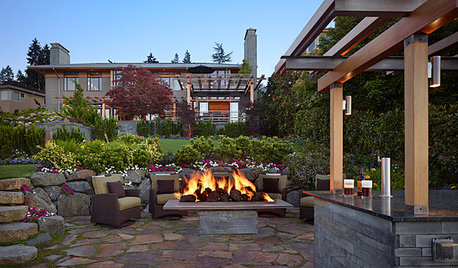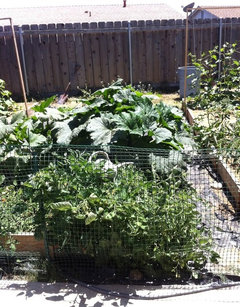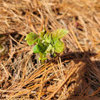Mittleider Method: Are the chemicals a problem?
shpigford
11 years ago
Featured Answer
Sort by:Oldest
Comments (18)
nc_crn
11 years agolast modified: 9 years agodigdirt2
11 years agolast modified: 9 years agoRelated Professionals
Hyattsville Landscape Architects & Landscape Designers · Ilchester Landscape Architects & Landscape Designers · Annandale Landscape Contractors · Bergenfield Landscape Contractors · Columbine Landscape Contractors · Edwardsville Landscape Contractors · Gallatin Landscape Contractors · La Vista Landscape Contractors · Lakeville Landscape Contractors · Oakland Landscape Contractors · Rochester Landscape Contractors · Four Corners Landscape Contractors · Charlotte Driveway Installation & Maintenance · Des Plaines Driveway Installation & Maintenance · La Vista Driveway Installation & MaintenanceRaw_Nature
11 years agolast modified: 9 years agoNilaJones
11 years agolast modified: 9 years agodigdirt2
11 years agolast modified: 9 years agomandolls
11 years agolast modified: 9 years agosteve_in_los_osos
11 years agolast modified: 9 years agoNilaJones
11 years agolast modified: 9 years agojonfrum
11 years agolast modified: 9 years ago_Lorraine_
10 years agolast modified: 9 years agoJoeWeil
9 years agolast modified: 9 years agomittleidergardener
9 years agolast modified: 9 years agoju1234
9 years agolast modified: 9 years agohowelbama
9 years agolast modified: 9 years agoBigJoe8504
9 years agolast modified: 9 years agocloud_dancing
8 years ago
Related Stories

GARDENING GUIDESWeed War: When and How to Use Chemical Herbicides
Before you spray, arm yourself with knowledge about which weed killers — natural or synthetic — are right for your yard
Full Story
LANDSCAPE DESIGNNatural Swimming Pools: More Beauty, No Chemicals
Keep your skin and the environment healthy with a pool that cleans itself, naturally
Full Story
GARDENING GUIDESTackle Weeds the Natural Way
Instead of dousing your yard with chemicals to wipe out weeds, let time and nature work their magic via smothering and solarization
Full Story
GARDENING GUIDESHow to Switch to an Organic Landscape Plan
Ditch the chemicals for a naturally beautiful lawn and garden, using living fertilizers and other nontoxic treatments
Full Story
GARDENING GUIDES5 Ways to Naturally Win the Weed War
Show irksome weeds no mercy with these tricks for combating them sans chemicals
Full Story
GARDENING AND LANDSCAPING4 Good Ways to Get Rid of Mosquitos in Your Yard
Stay safe from West Nile virus and put an end to irksome itches with these tools and methods for a porch, patio or yard
Full Story
HOUSEKEEPINGHow to Clean Grout — Stains and All
If your grout is grossing you out, this deep-cleaning method will help it look new again
Full Story
HEALTHY HOMEHow to Choose a Home Water Filtering System
Learn which water purification method is best for your house, from pitchers to whole-house setups
Full Story
EVENTSTile Goes High Tech at Italy's Big Expo
Cutting-edge methods are creating tile looks from handmade to avant-garde, as seen as CERSAIE 2013
Full Story
GARDENING GUIDESGreat Garden Combo: 3 Wonderful Plants for a Deer-Resistant Screen
Protect your privacy and keep deer at bay with a planting trio that turns a problem garden area into a highlight
Full StoryMore Discussions









mittleidergardener